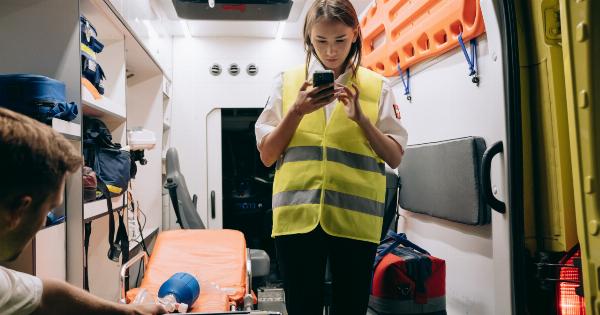Disadvantaged communities face a unique set of challenges when it comes to accessing resources.
Not only are their physical, economic, and social barriers preventing them from accessing critical services, but they also often lack the knowledge and the skills needed to navigate complex systems. Fortunately, many organizations are working diligently to provide these communities with the access and support they need to thrive.
Physical Barriers
One significant challenge that disadvantaged communities face is physical barriers, such as limited access to transportation.
For example, many families living in rural areas lack reliable transportation, making it difficult for them to access healthcare, education, and other critical services. To address this issue, some organizations have implemented mobile health clinics, offering free or low-cost healthcare services to underserved populations.
Additionally, transportation programs provide accessible and reliable transportation options to those in need, ensuring that they can attend school or work and access crucial services.
Economic Barriers
Another challenge faced by disadvantaged communities is high rates of poverty. Many individuals and families struggle to make ends meet, leaving them without the financial resources needed to access basic necessities.
To address this issue, some organizations provide financial assistance programs, such as free or low-cost food banks and utility assistance programs. Additionally, job training and counseling programs help individuals and families build the skills necessary to secure stable employment and improve their economic prospects.
Social Barriers
Disadvantaged communities also often face social barriers that limit their access to education, healthcare, and other resources. These can include language barriers, cultural differences, and discrimination.
To address these challenges, some organizations provide cultural competency training to service providers, as well as translation and interpretation services. Additionally, community engagement programs help build trust and mutual understanding between service providers and disadvantaged communities, ensuring that everyone feels welcome and included.
Lack of Knowledge and Skills
Many individuals in disadvantaged communities lack the knowledge and skills needed to navigate complex service systems. This can make it difficult for them to access critical services, such as healthcare, education, and social services.
To address this issue, some organizations provide outreach and education programs designed to inform individuals and families about the resources available to them. Additionally, case management programs provide individualized support to help individuals and families navigate complex service systems and access the services they need.
Conclusion
Providing access for disadvantaged communities is an ongoing challenge, but with the right tools and resources, it is a challenge that can be overcome.
By addressing physical, economic, and social barriers, as well as providing outreach and education programs and case management support, organizations can help ensure that everyone has access to the resources they need to thrive.






























